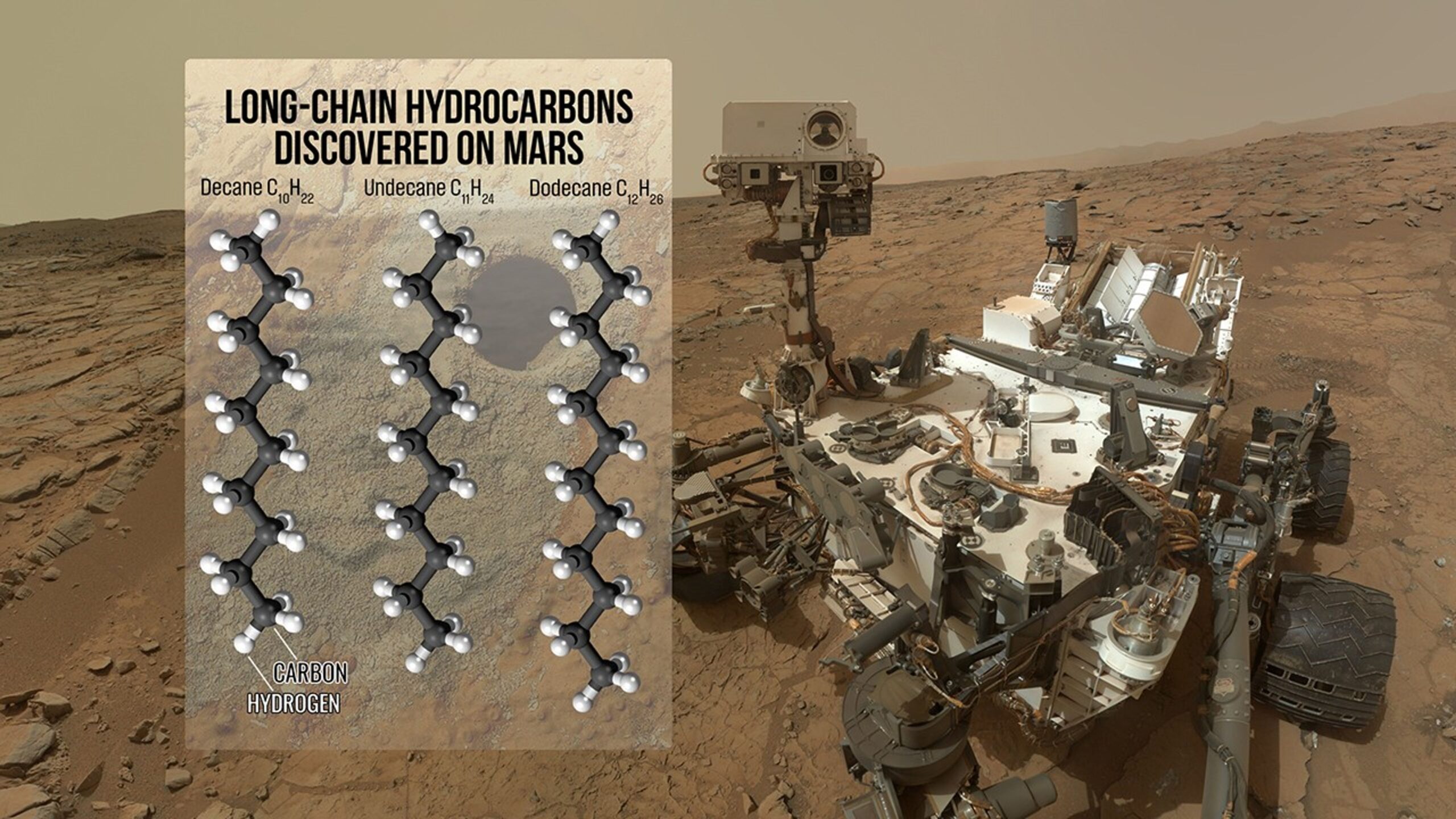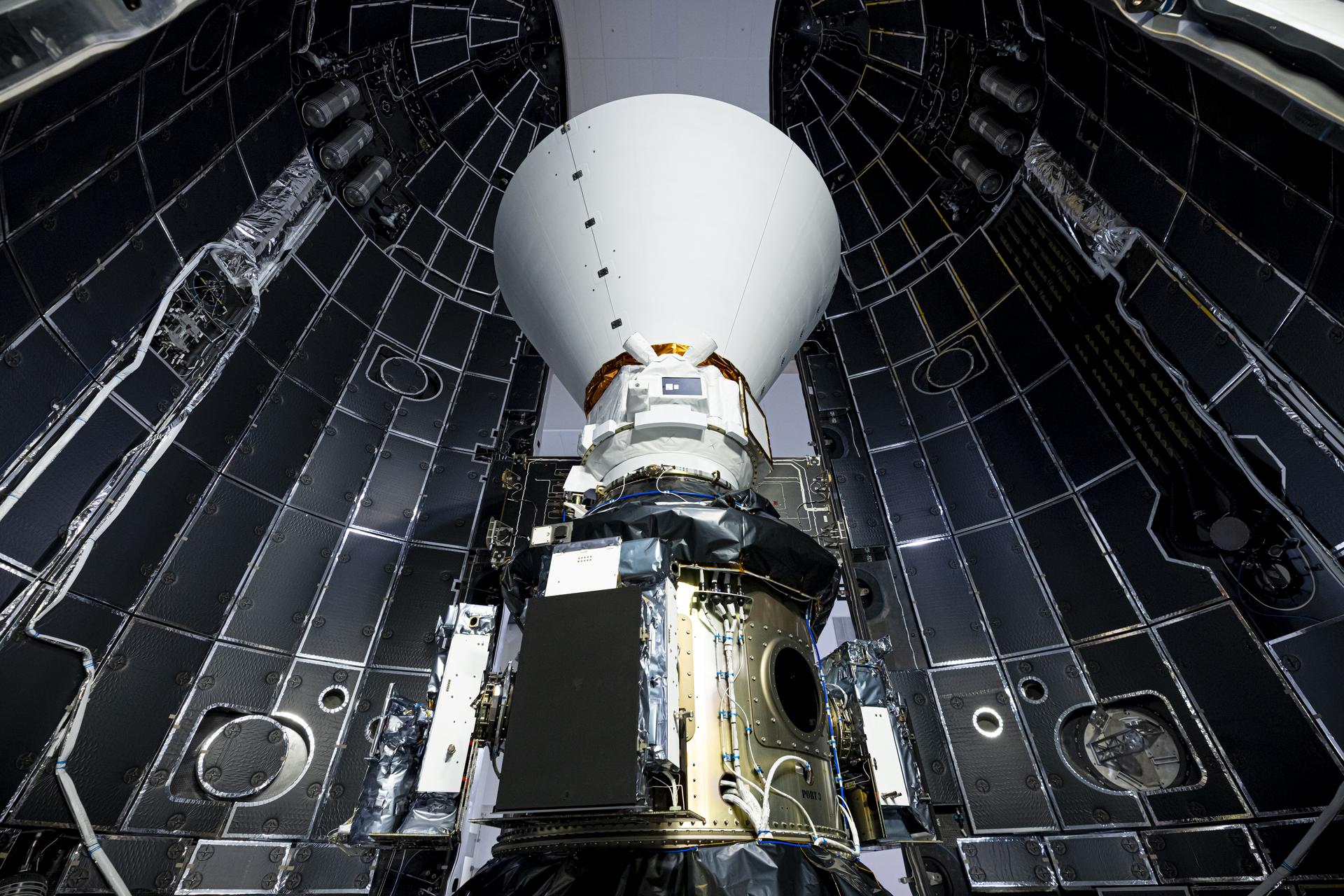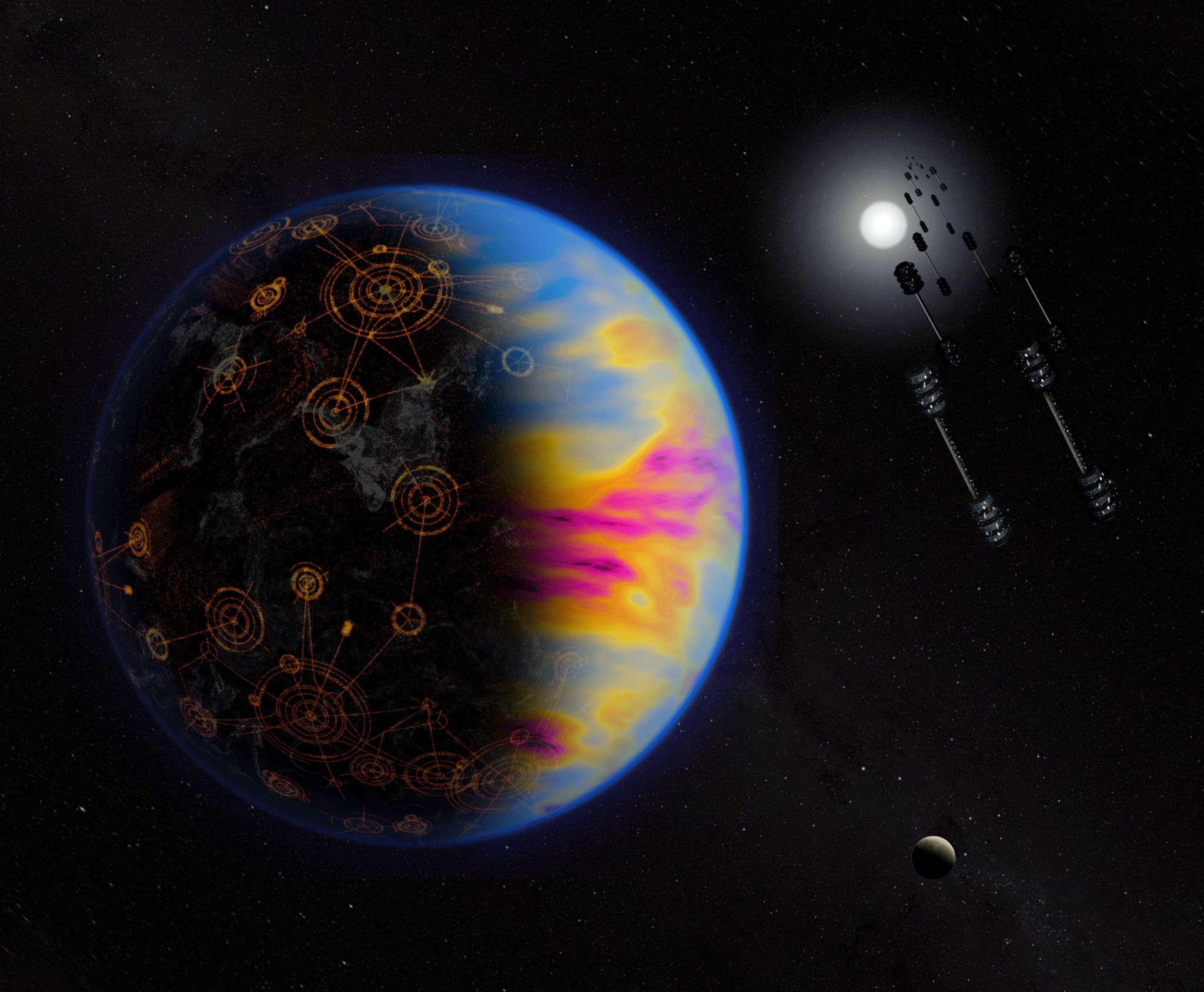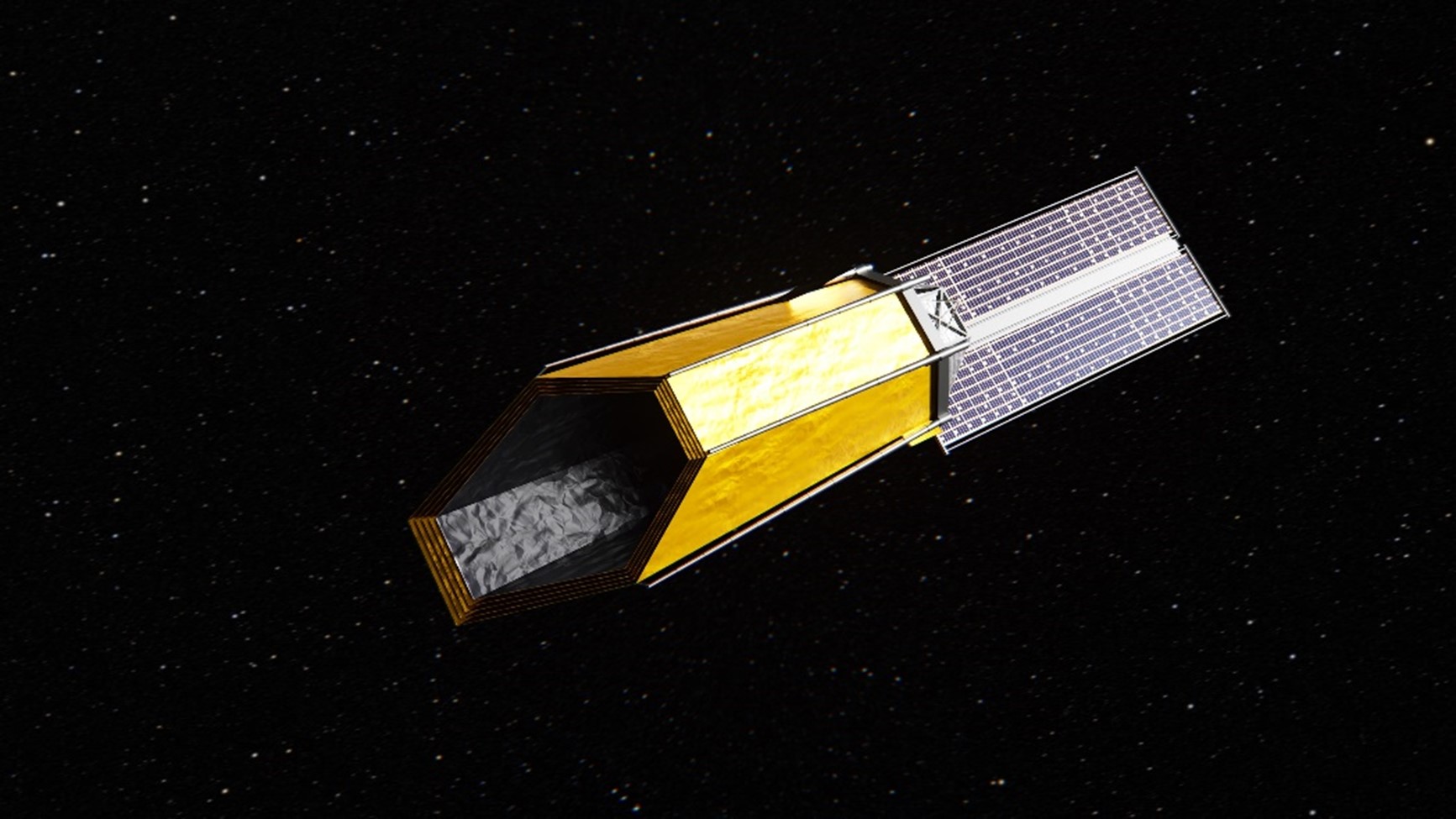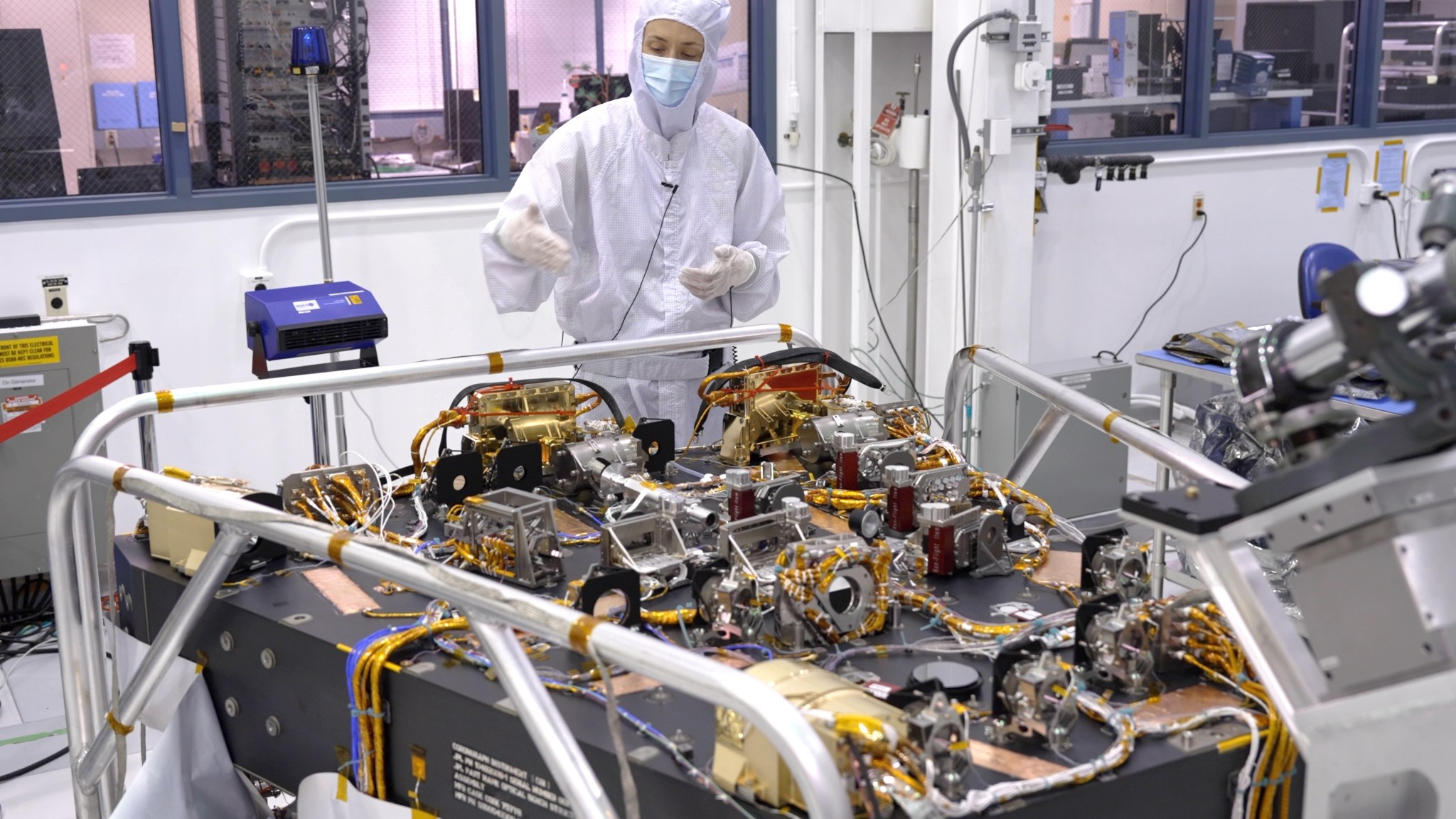6 min read Preparations for Next Moonwalk Simulations Underway (and Underwater) NASA’s SPHEREx mission is observing the entire sky in 102 infrared colors, or wavelengths of light not visible to the human eye. This image shows a section of sky in one wavelength (3.29 microns), revealing a cloud of dust made of a molecule similar to soot or smoke. NASA/JPL-Caltech This image from NASA’s SPHEREx shows the same region of space in a different infrared wavelength (0.98 microns), but the dust cloud is no longer visible. The molecules that compose…
Read MoreTag: The Search for Life
NASA’s SPHEREx Takes First Images, Preps to Study Millions of Galaxies
5 min read Preparations for Next Moonwalk Simulations Underway (and Underwater) NASA’s SPHEREx, which will map millions of galaxies across the entire sky, captured one of its first exposures March 27. The observatory’s six detectors each captured one of these uncalibrated images, to which visible-light colors have been added to represent infrared wavelengths. SPHEREx’s complete field of view spans the top three images; the same area of the sky is also captured in the bottom three images. NASA/JPL-Caltech Processed with rainbow hues to represent a range of infrared wavelengths, the…
Read MoreNASA’s Curiosity Rover Detects Largest Organic Molecules Found on Mars
Researchers analyzing pulverized rock onboard NASA’s Curiosity rover have found the largest organic compounds on the Red Planet to date. The finding, published Monday in the Proceedings of the National Academy of Sciences, suggests prebiotic chemistry may have advanced further on Mars than previously observed. Scientists probed an existing rock sample inside Curiosity’s Sample Analysis at Mars (SAM) mini-lab and found the molecules decane, undecane, and dodecane. These compounds, which are made up of 10, 11, and 12 carbons, respectively, are thought to be the fragments of fatty acids that…
Read MoreCosmic Mapmaker: NASA’s SPHEREx Space Telescope Ready to Launch
6 min read Preparations for Next Moonwalk Simulations Underway (and Underwater) Ahead of launch, NASA’s SPHEREx is enclosed in a payload fairing at Vandenberg Space Force Base on March 2. The observatory is stacked atop the four small satellites that make up the agency’s PUNCH mission. NASA/BAE Systems/Benjamin Fry NASA’s latest space observatory is targeting a March 8 liftoff, and the agency’s PUNCH heliophysics mission is sharing a ride. Here’s what to expect during launch and beyond. In a little over a day, NASA’s SPHEREx space telescope is slated to…
Read MoreNASA Scientists on Why We Might Not Spot Solar Panel Technosignatures
5 min read NASA Scientists on Why We Might Not Spot Solar Panel Technosignatures One of NASA’s key priorities is understanding the potential for life elsewhere in the universe. NASA has not found any credible evidence of extraterrestrial life — but NASA is exploring the solar system and beyond to help us answer fundamental questions, including whether we are alone in the universe. For those who study the potential for life beyond Earth, one of the questions has long been trying to determine the likelihood of microbial life versus complex…
Read MoreNASA Awards Advance Technologies for Future Habitable Worlds Mission
This artist’s concept features one of multiple initial possible design options for NASA’s Habitable Worlds Observatory. Credits: NASA’s Goddard Space Flight Center Conceptual Image Lab NASA announced Friday it selected three industry proposals to help develop technologies for future large space telescopes and plan for the agency’s Habitable Worlds Observatory mission concept, which could be the first space telescope designed to search for life outside our solar system. The mission would directly image Earth-like planets around stars like our Sun and study their atmospheres for the chemical signatures of life,…
Read MoreNASA Puts Next-Gen Exoplanet-Imaging Technology to the Test
6 min read Preparations for Next Moonwalk Simulations Underway (and Underwater) JPL scientist Vanessa Bailey stands behind the Nancy Grace Roman Coronagraph , which has been undergoing testing at JPL. About the size of a baby grand piano, the Coronagraph is designed to block starlight and allow scientists to see the faint light from planets outside our solar system. A cutting-edge tool to view planets outside our solar system has passed two key tests ahead of its launch as part of the agency’s Roman Space Telescope by 2027. The Coronagraph…
Read More

